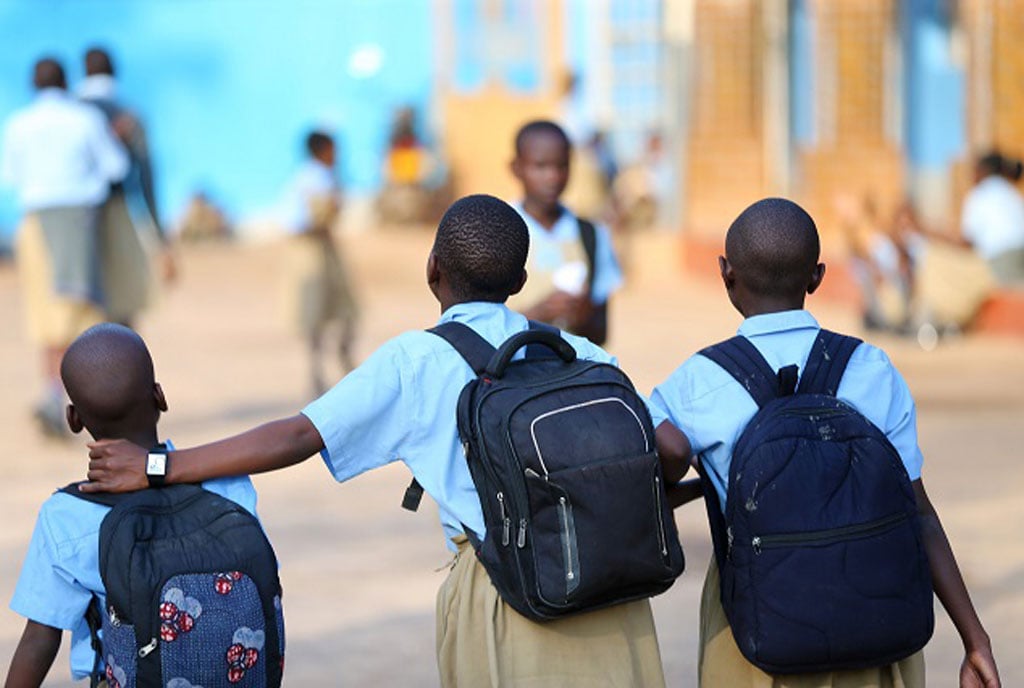Prime
Gender equality efforts require sustained focus

Emilly Comfort Maractho
What you need to know:
- We have to be cautious when dealing with groups perceived as marginalised.
I have increasingly heard a sustained narrative that women are now more empowered than men, others pushing that empowerment is responsible for breaking homes, or that the boy child, is now so disempowered, neglected and marginalised.
That children in general now have no direction because their mothers work, neglecting their role in raising them right, and last week that men need skills to cope with empowered women.
ALSO READ: Nine women who qualify for BoU top job
This narrative suggests that girls’ time is up and that it is time to refocus our attention and put the resources into empowering the boy child, and supporting men to cope with empowered women.
People pushing this narrative, some of whom I have seen in women empowerment cycles, fear that our ‘educated and empowered girls will not find good husbands’ because we are neglecting the boy child.
Problematic as this narrative is, it is gaining ground, often on false premises.
ALSO READ: Women trailblazers in energy sector
For the most part, this group generously use the statistics, many of which are important markers of milestones in the journey towards gender equality and women’s empowerment. For instance, the increased number of women in Parliament, Cabinet, boards and other areas of public life and the number of girls enrolled in schools.
There are many sustained stereotypes and new narratives emerging that risk taking back the fragile gains for women and girls’ empowerment years back.
There are people who see things in straight binaries. For these people, we must now put a break on girls’ empowerment and start empowering boys as if opportunities were taken away from boys to enable girls attend school.
ALSO READ: ‘My husband left me for a smaller woman’
Then there are those for whom women now owe it to themselves to ‘carry the world’ and break ceilings wherever they still exist. ‘They have got the power’. They cannot lament about third party barriers.
None of these attitudes are helpful. It is important that we encourage a case-by-case analysis, and even within those cases, mark areas where the numbers mask greater inequalities and paint an inaccurate picture.
For instance, the Daily Monitor carried stories profiling women in the leadership of oil and gas sector and those making strides in technology on Women’s Day. These ladies are distinguished and their place in decision making will no doubt make a difference for women in the sector.
The point is, if you focus on these decision makers, without looking at the sector holistically, you will for sure conclude that women are over empowered and men need special empowerment programmes in oil and gas or technology.
But one must also look at communities served by oil and gas to have a clear picture. How inclusive is the energy sector generally, and the status and safety of women in the mining sector for instance? Some investigative stories out of the field paint a grim picture for women in these sectors.
One hopes, that the presence of women in these spaces will translate to policies and corresponding practices that are responsive to the gender nuanced challenges of these sectors. That is why having them in those spaces is so critical, if they are deliberate.
The reason that a case-by-case approach is crucial is that some sectors have made more gains than others. In the field of science, technology, engineering and innovations, a lot more work needs to be done to break the bias. We know that girls excel in these fields. Still, few women join because of historical biases and structural barriers around these areas.
We cannot afford to bulk these experiences. We have to always be cautious and aware that when dealing with groups perceived as marginalised, such as children, women, youth, persons with disability, older persons, and refugees, they too experience vulnerability differently.
For instance, people working with children cannot treat them as a single group because their access to education, health, and information is conditioned by their location whether urban or rural, income status, and range of opportunities available to them.
In discussing children’s education for instance, the first thing is, do all our children have an equal opportunity? If not, what equity measures can be applied to those excluded? If it turns out the most excluded are boys, then let there be an appropriate response. Are they excluded on the basis of their gender or in addition to other forms of marginalisation?
QUICK READ: Happy Women’s Month!
We ought to remain focused to sustain the fragile gains we have made and keep breaking barriers. We need to remember that equality and equity are not mutually exclusive and certainly transcends gender.
Ms Maractho (PhD) is the director of Africa Policy Centre and senior lecturer at Uganda Christian University. [email protected]



